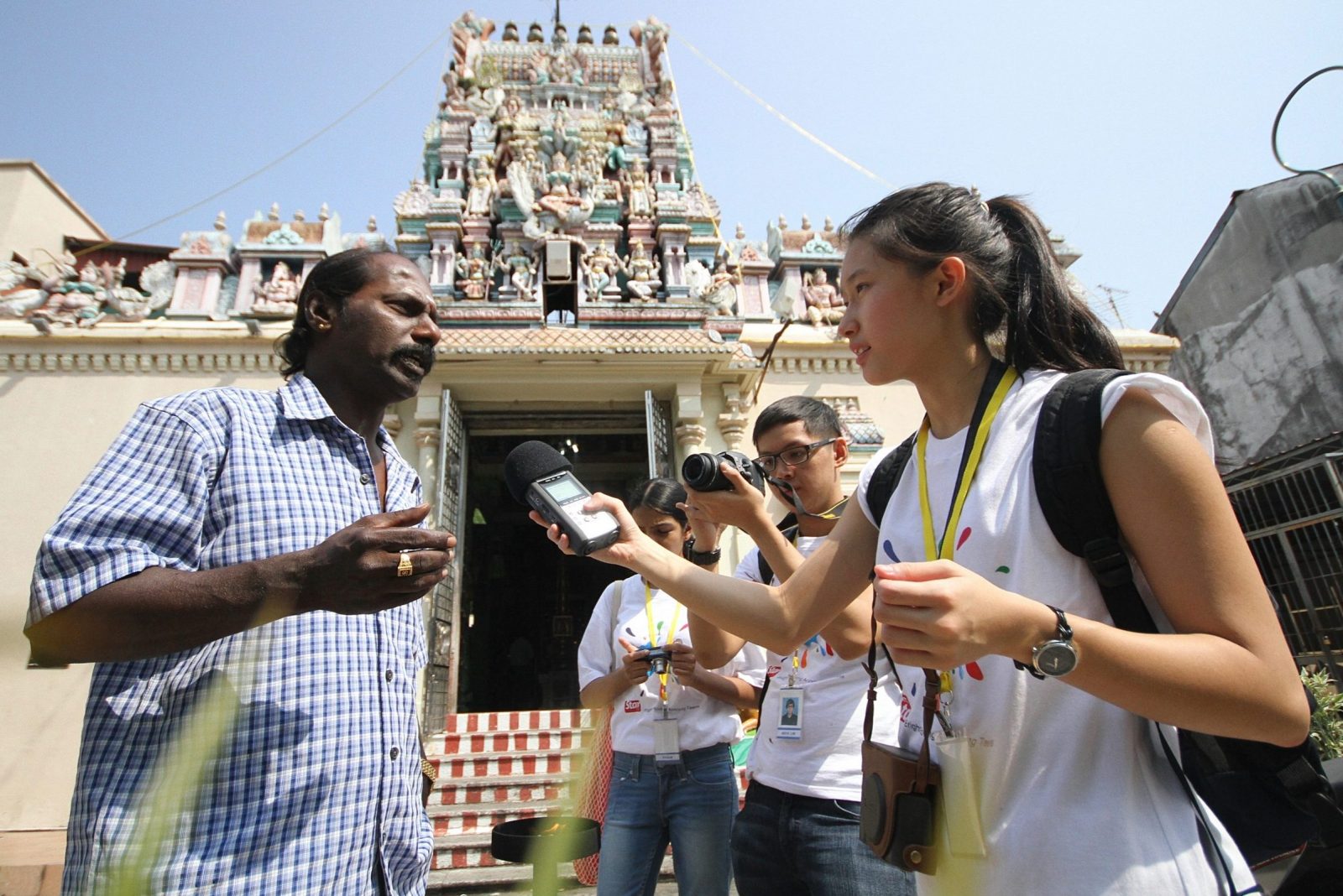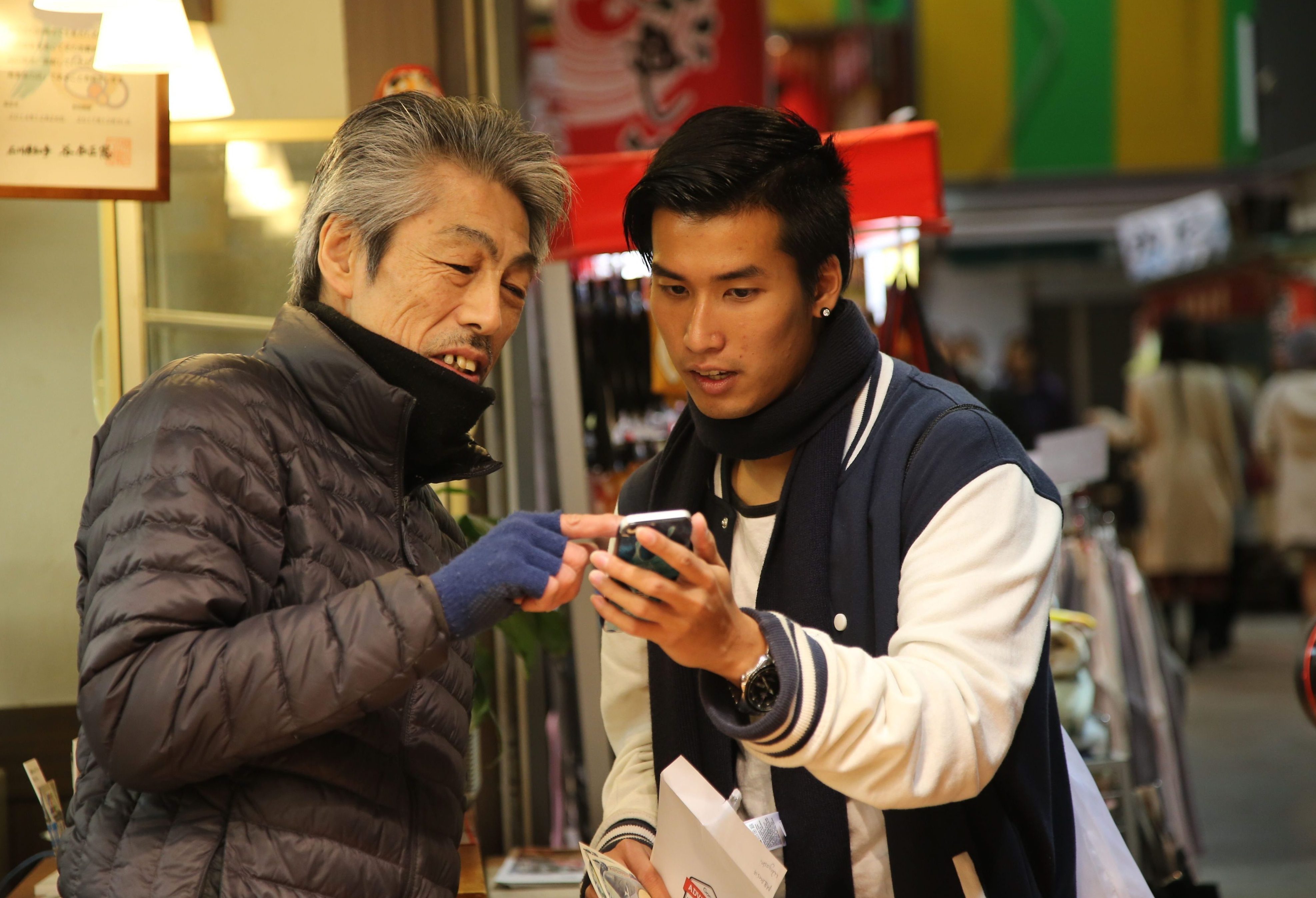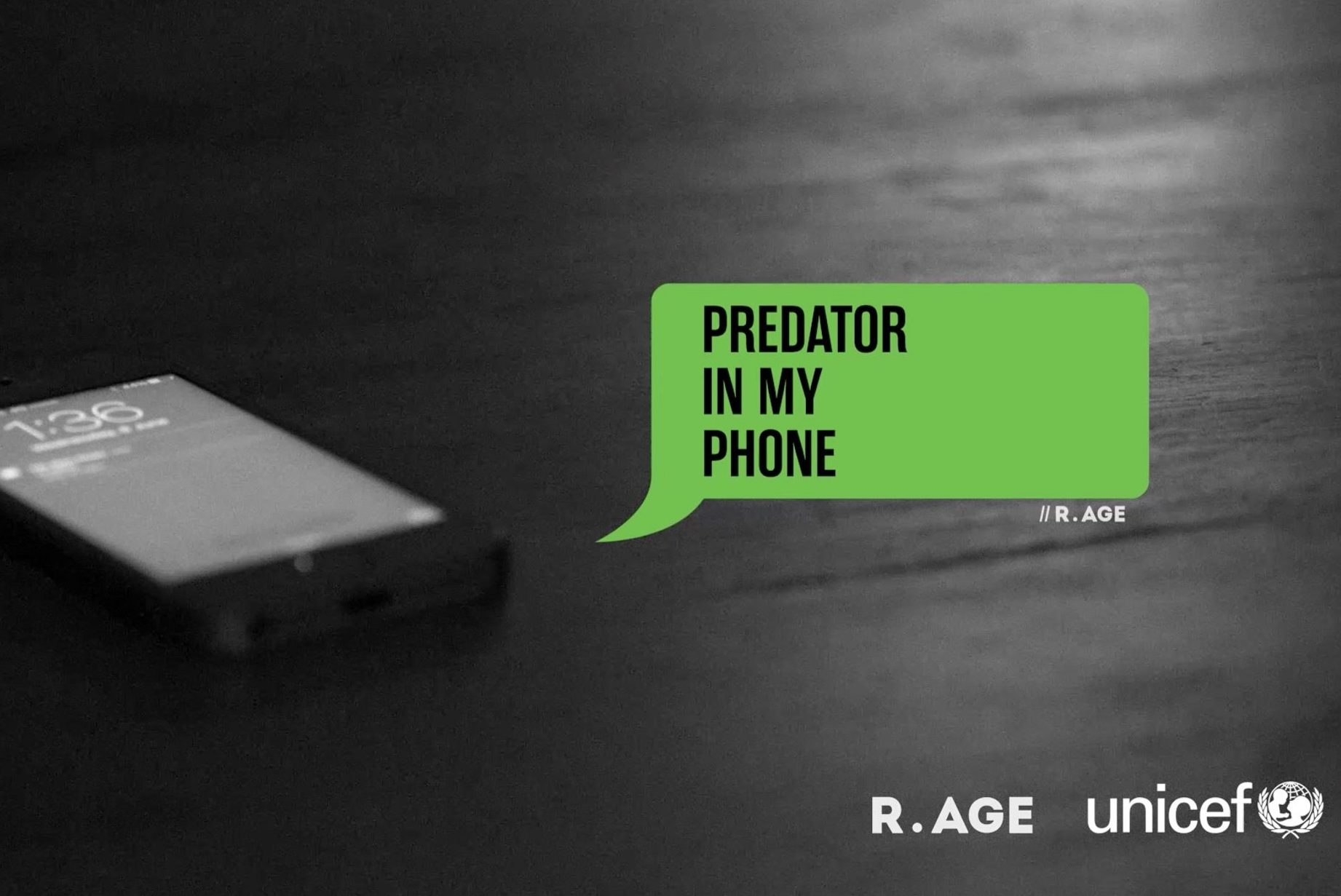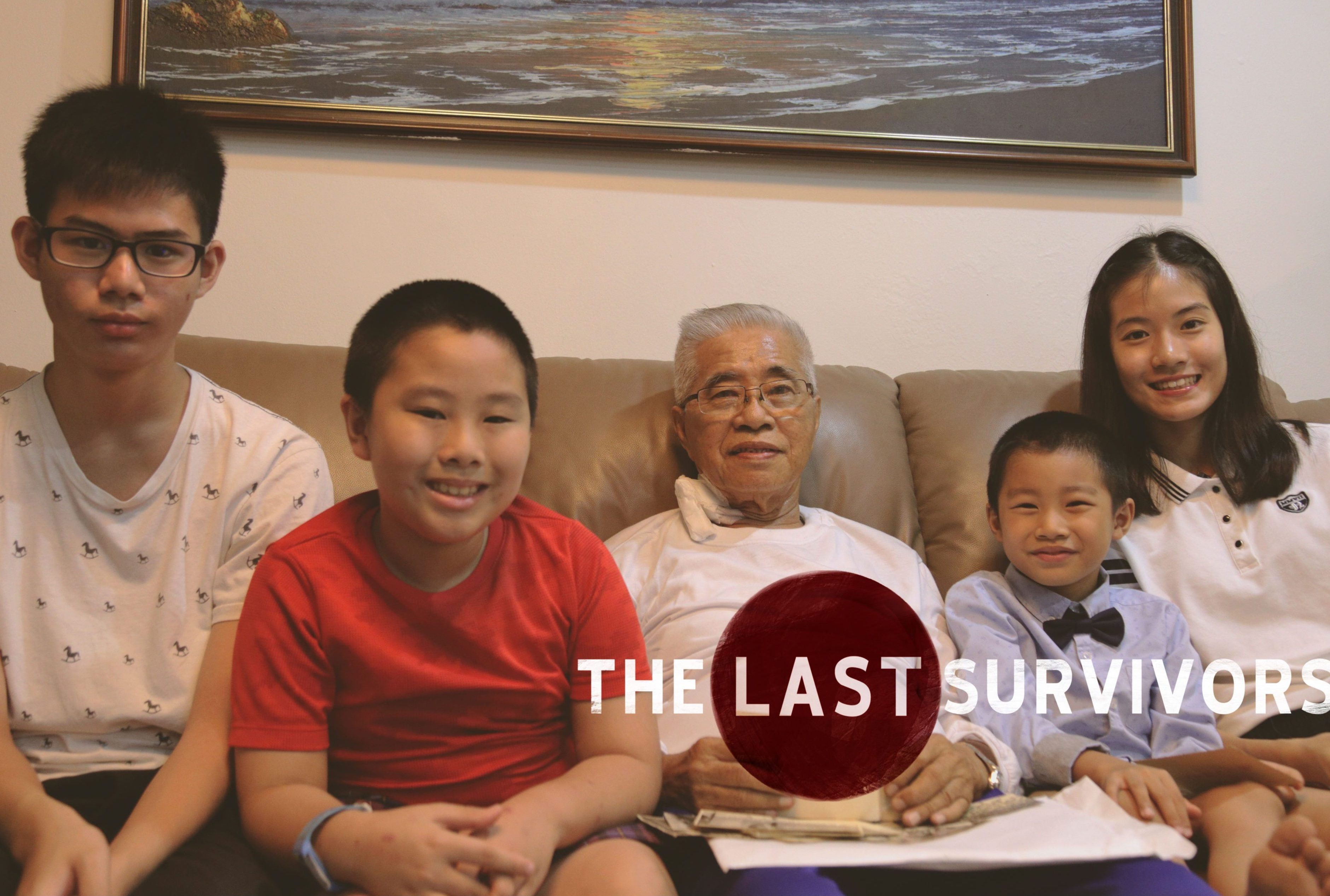By CARLOS RUBEN DOURADO
brats@thestar.com.my
If you’ve always wondered what exactly journalists do, BRATs is the perfect opportunity to find out!
BRATs participants get the chance of a lifetime to hone their journalistic skills, and go out on exclusive field assignments mentored by The Star and R.AGE journalists.
But before going out on the field, participants first undergo a series of workshops covering news writing, photography and videography, each helmed by a journalist specialising in that field.
Here’s a quick run-through of the ABCs of multimedia journalism, courtesy of our BRATs Camp facilitators.
Always dig deep
One of the first skills an aspiring journalist needs to pick up is the ability to conduct a good interview, said R.AGE journalist Lim May Lee.
A good interview will mean good information, which you can then sift through in order to write a stellar story.
That means doing your homework before every assignment.
“Do a tonne of research beforehand and find as many facts and figures as you can,” said Lim, who has facilitated seven BRATs camps so far.
“You shouldn’t ask questions you should already know the answers to.”
Journalists often have to dig deep when looking for a good story, and that’s what BRATs participants learn first-hand during their assignments.
“Don’t settle for a vague answer during an interview. Always ask ‘Why?’” said Lim. “The answer to that could take your story from okay to great.”

The BRATs putting their journalistic skills to the test when interviewing a local in Penang’s Little India. — ZHAFARAN NASIB/The Star
Be a visual storyteller
You know how they say a picture is worth a thousand words? Photojournalists take photos that do just that.
“A good photo is one that tells a story and still leaves something to the imagination,” said veteran Star photographer Samuel Ong.
Ong, who has been a fixture at the BRATs Camps for years, has some advice for aspiring photographers.
“A photojournalist tells a story through photos by studying the subject and understanding the story thoroughly before proceeding to take the photo,” he said.
“For example, if you want to take a picture of a lion, you must understand its behaviour, natural habitat, and so on.”
But the beauty of photography also lies in creativity, he said.
“You have to be creative, like an artist. When you are looking at your subject and taking the picture, you can choose to focus on anything. But which tells the story?”
According to Ong, there’s no shortcut to improving one’s visual storytelling. The best way to get better at it is through a lot of practice.
Ong suggested reading books on photography and adapting the different techniques used by professionals, as well as testing out all the functions available on the camera.
“Don’t be afraid to experiment!” he said. “Just keep trying different things until you become comfortable with your camera.”
However, photo enthusiasts who don’t own a fancy camera needn’t give up on their dreams.
“If you know what you’re doing, any camera device such as a smartphone can be used to take good shots,” he said.
“The type of camera you have shouldn’t limit your abilities,” said Ong.
“It’s like driving – you control the car, and not the other way around. It’s all about the moment and the timing.”

BRATs participants take their own photos while out on assignments, giving them a chance to develop their photographic instincts. — SAM THAM/The Star
Cameras at the ready
Journalists in 2017 can’t just rely on print to get a message across. That’s why BRATs Camps have such a huge emphasis on videography.
From Facebook Live to documentaries, videos help give a story more impact – and that’s R.AGE producer Claire Anthony’s specialty.
“A good video is one that tells an interesting story in a clear and unique way, and one that is shot well,” she said.
The key to achieving that is teamwork, and a whole lot of preparation.
“Prepare a concept for your video and share it with your team beforehand,” she said.
“You don’t want a video that just has random scenes, because that won’t tell a story. You need to know what you want in the video, and work together as a team to film it,” she said.
When telling a story through video, there are so many things to think about, from pre-production to post-production.
“For all these choices, think about why you’re doing it. The choices you make will help the audience understand what you’re trying to say.”
These tips just scratch the surface of what BRATs participants learn at this year’s camps.
“The amount of information our participants digest is incredible!” said Lim with a laugh. “But what helps the learning process along is all the hands-on experience they’ll get out in the field. And the best part is that it’s just so much fun. I can’t wait for camp!”





Tell us what you think!